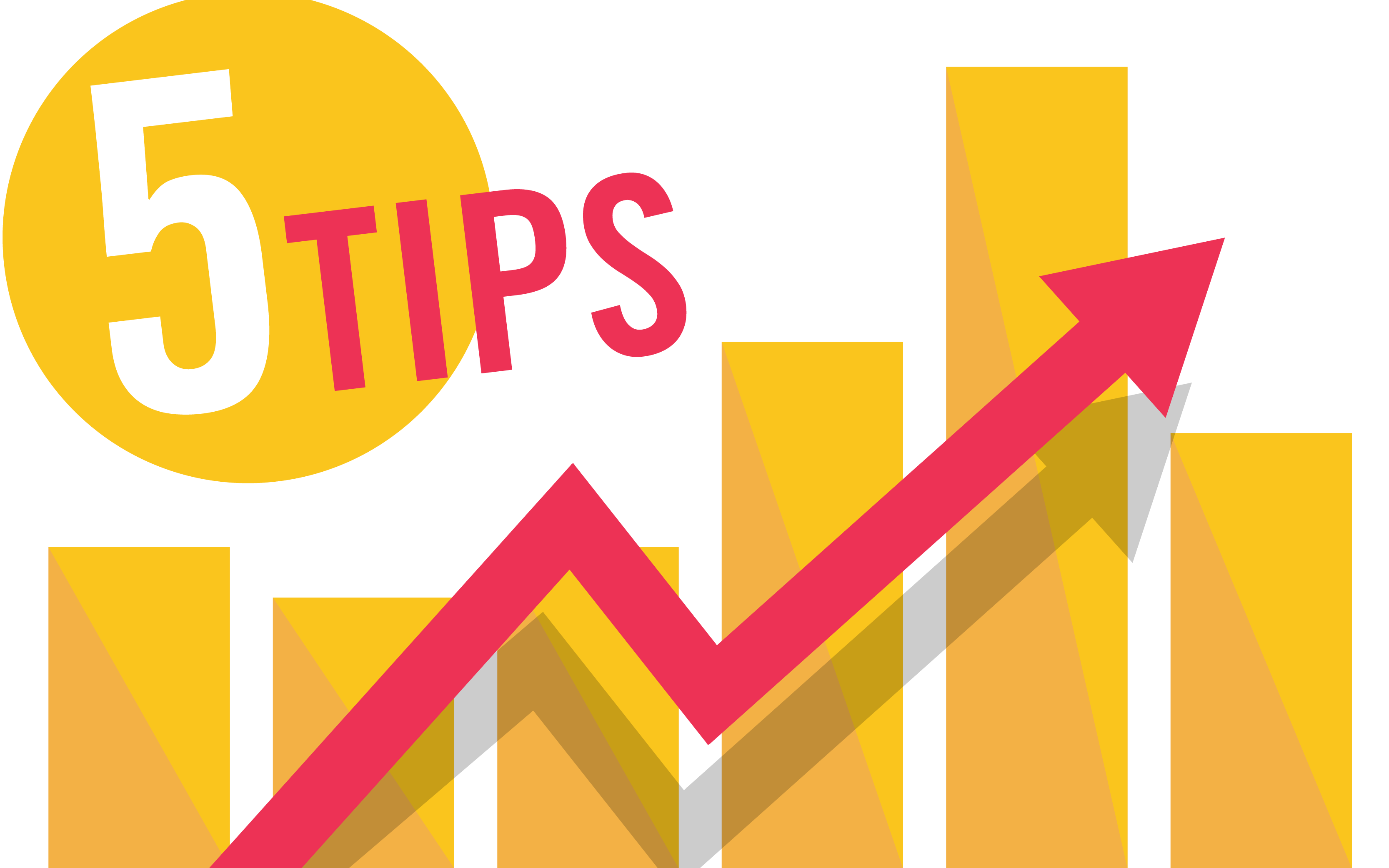Ad Blocker – an Answer to a Broken Business Model? [Updated 2023]
Ad blocker is of the most heavily discussed topics by publishers worldwide. Why? Because more and more users are running…

When looking for a way to maximize revenue from digital inventory optimization, publishers may test both yield-opt technologies and providers. And although we operate in the realm of technology, often it is the suppliers that turn out to be the key to break the programmatic bank. So how can you find a trusted partner? Here are our 5 tips.

A good service provider may be for the company like a window to the world: bringing information about what’s happening elsewhere – in this case, global market solutions and trends.
However, how can you conduct a test that will help distinguish a prospective partner in the flood of cold emails and sales pitches? How can you prepare for a trial period, or make an unambiguous decision on cooperation after the said trial period?
In our ten years of activity, we have had the opportunity to participate in numerous tests. All of which has given us the privilege of supporting over 250 publishers from 30 countries. We have a common understanding of the problems encountered by publishers and the objections that programmatic teams may face within their own organizations. We gathered our experience in 5 points that can make the test period easier before it even starts.

Before you start even talking about a test, take a step back and think about your desired outcome. Evaluate not only your KPIs but also the hidden needs. Perhaps what you really care about is strong partner support (available at all points of contact, with quick response time, and the opportunity to discuss and consult ideas)?
Or, on the other hand, you are an independent expert, fully aware of the steps necessary to accomplish strategic objectives, but you simply lack the human and technological resources?
The standard is that talks about potential cooperation are conducted by the New Business department. However, if you know that you are interested in a strictly specific scope of cooperation, do not hesitate to ask for a particular team member to attend the meeting or call! Our analysts, data scientists, developers, and ad-ops colleagues often talk to publishers from an early stage. As a result, the very moment a test starts, we focus on your actual priorities.
Before proceeding with the test, we always ask the publishers for data on the basis of which we can establish a benchmark and estimations. At this point we often encounter objections like:
There we may easily apply a maxim well-known in the computing industry: garbage in, garbage out. Yield optimization is based on data. Even our “human part” – adjustments recommendations, improvement ideas – is data-driven thinking, not raw intuition or subjective feelings.

Therefore, without sufficient data, the yield-opt provider’s actions cannot be 100% effective and more time is needed to develop a proper optimization strategy. Previously unforeseeable involvement of publisher’s development teams may also be necessary.
So here’s what we ask publishers for and why:
Last but not least, when we gather data, we have an opportunity to discuss what metrics will be crucial for you during the test period. We usually recommend focusing on rCPM (revenue/1000 requests) or RPM (revenue/1000 page views), as they are the most objective. Read more about crucial performance indicators.
[mc4wp_form id=”407″]
Give yourself the right to make a good decision – think over the boundary conditions of the test in advance. In the programmatic world, Q1 is well-known to be the least abundant, whilst Q4 is known to be the most profitable (this is related to the advertisers’ annual budgets being spent at the end of the calendar year).
While it’s a base, your website’s subject and content create a superstructure known as seasonality. Let’s say you own a technology site. Advertisers are likely to buy your inventory during Black Friday. And if you run a website with recipes? Expect crowds just before Thanksgiving and Easter. It’s best not to run the test when the critical period is about to begin or shortly after it ends, especially if you hope to compare the results to the immediately preceding period. This can lead to erroneous conclusions.

While it’s a base, your website’s subject and content create a superstructure known as seasonality. Let’s say you own a technology site. Advertisers are likely to buy your inventory during Black Friday. And if you run a website with recipes? Expect crowds just before Thanksgiving and Easter.
It’s best not to run the test when the critical period is about to begin or shortly after it ends, especially if you hope to compare the results to the immediately preceding period. This can lead to erroneous conclusions.
What if the inconvenient test period is the only one possible? Then it may be a good solution to compare the year-to-year results (if the website has not gone through a significant metamorphosis in the meantime) or to conduct an A/B test with 50/50 traffic split between the previous and tested setups.
The test gives you a chance to compare not only technologies and tools.
A good partner will also provide you with an insight into market solutions and trends. Not to mention the practical tips of how to skillfully apply them to your business model. In addition to optimizing the current ad inventory, it is also worth discussing other products, such as outstream, instream, native ads and so on. But what if the website requires deeper development changes? Using ourselves as an example, sometimes a standard optimization test resulted in widening the scope of cooperation with the involvement of our sister company – the software house Codest.
Don’t wait for the test to end if you are not satisfied with the results or have any doubts. Ongoing communication helps to diagnose and verify any discrepancies – both in business expectations and in technical settings.

Providing feedback to each other is not only the start of a healthy, longterm relationship, but it is also a key factor for quickly achieving goals – both for the publisher and supplier. If you see that your messages are being processed quickly, the forecasts for further cooperation are promising.
Pay attention to it, especially if you are looking for not only the technology but also partner support.
We hope the tests that you carry out will result in long-term cooperation! Want to know if your current yield-opt strategy is right for your website? Just drop us a line – we are happy to share our programmatic experience!

Bartłomiej Oprządek
Regional Growth Director
Try all the possibilities of Yieldbird Platform